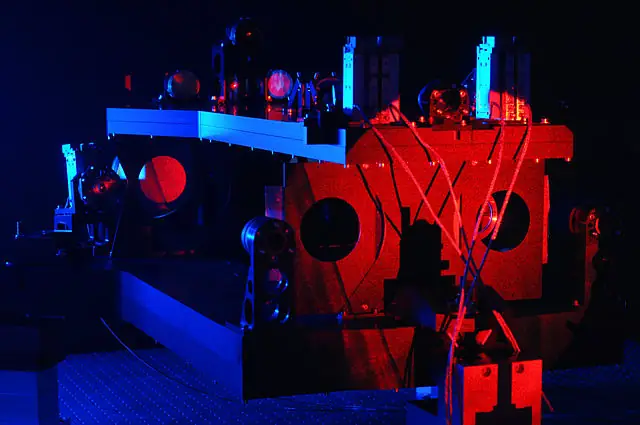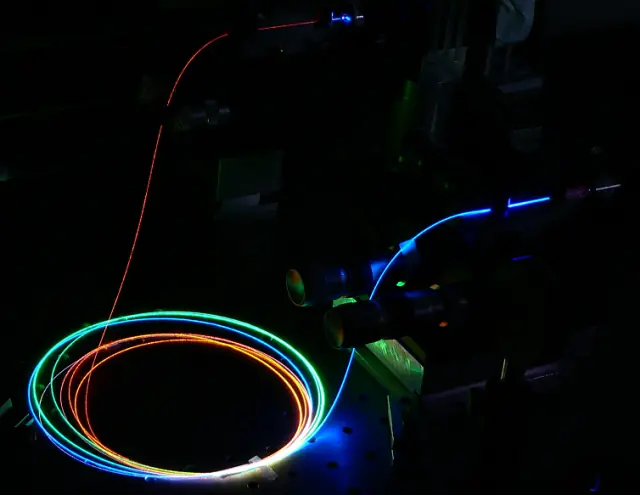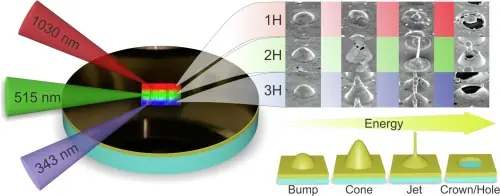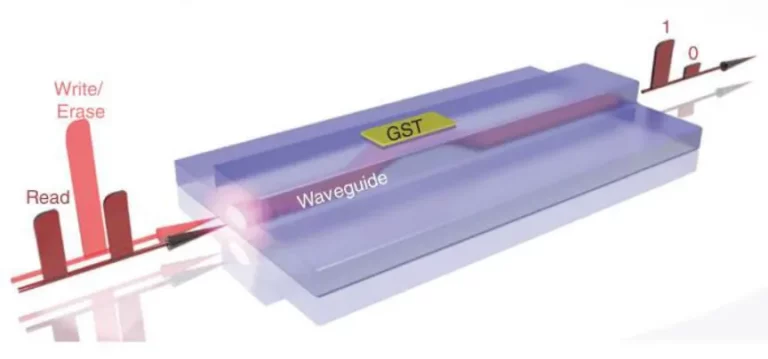New Portable Q-Switched Nd:YAG Nanosecond Laser Developed for Handheld Laser Induced Breakdown Spectroscopy (LIBS) Instruments

Researchers at a Chinese university have developed a new portable nanosecond laser for handheld laser-induced breakdown spectroscopy (LIBS) instruments. The new laser is passive, Q-switched pulsed, and made of neodymium-doped yttrium aluminum garnet (Nd:YAG) – a type of laser crystal that produces high-intensity laser light. It is also small in size and low in cost.
The researchers aimed to create a laser system that could function as the nucleus device in a handheld LIBS instrument. The new laser has a maximum pulse energy of 10 millijoules and a pulse duration of less than two nanoseconds. The peak power of the laser is greater than 5 megawatts.
The new laser system exhibits very high stability without any cooling system. The relative standard deviation of the pulse energy is less than 0.2%, indicating that the laser is capable of producing consistent results. The size of the cylindrical laser head is 65 millimeters in length and 25 millimeters in diameter.

Handheld Laser Induced Breakdown Spectroscopy (LIBS) experiments and Results
The new portable laser was used as a light source in laser-induced breakdown spectroscopy (LIBS) experiments to measure the concentrations of microelements in standard iron alloys. In LIBS, a laser is used to create a plasma from a sample, and the elements present in the sample emit light at specific wavelengths, which can be analyzed to determine the composition of the sample.
The experimental results show that the determination coefficients of the calibration curves for chromium (Cr), copper (Cu), manganese (Mn), and nickel (Ni) are all better than 0.99, indicating the accuracy of the measurements. The limit of detection (LOD) for Cr, Ni, Cu, and Mn are lower than 0.00553%, 0.00204%, 0.00053%, and 0.00426%, respectively, indicating the sensitivity of the measurements.

Furthermore, the new laser’s shorter pulse duration decreases the plasma shield effect, which improves the coupling of the laser pulse and the target, resulting in increased stability of spectra intensity. The researchers demonstrated that the new laser had a weaker plasma shield effect compared to a commercial laser.
Overall, the experimental results demonstrate the effectiveness and potential of the new portable nanosecond laser as a laser source for handheld LIBS instruments. The new laser has the potential to improve the accuracy and sensitivity of LIBS measurements while reducing the weight and volume of handheld LIBS instruments.
Implications for handheld LIBS instruments
The new laser system developed in this study offers several benefits over traditional lasers used in LIBS experiments. The shorter nanosecond pulse duration of the laser helps to decrease the plasma shield effect, leading to improved coupling between the laser pulse and the target, resulting in more stable and consistent spectra intensity. The laser also exhibited very high stability without any cooling system, and the relative standard deviation of the pulse energy was less than 0.2%, indicating that the laser produces consistent results. These benefits make the laser a highly suitable laser source for use in handheld LIBS instruments.
The development of a portable, low-cost, and highly stable laser system has significant implications for handheld LIBS instruments. By reducing the weight and volume of handheld LIBS instruments, the laser could make these devices more portable and user-friendly. Additionally, the laser’s consistent performance and high stability make it an attractive option for use in handheld LIBS instruments, as it will allow researchers to obtain accurate and reliable results in a portable setting. The development of this laser system could have a significant impact on future LIBS research and could lead to the development of more advanced and user-friendly handheld LIBS instruments.
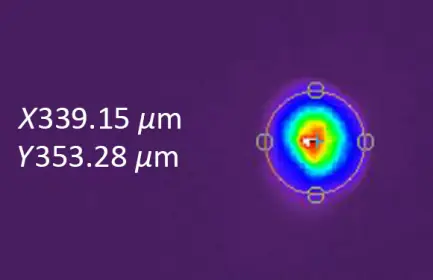
Conclusion
The researchers successfully developed a portable, passive, Q-switched pulsed Nd:YAG laser system that is small in size and low in cost. The laser is highly stable and produces consistent results without any cooling system. The laser was also used in LIBS experiments to measure the concentrations of Cr, Cu, Mn, and Ni in alloys, and demonstrated weaker plasma shield effect than a commercial laser. The new laser is well-suited for use in handheld LIBS instruments, and could have a significant impact on future LIBS research.


